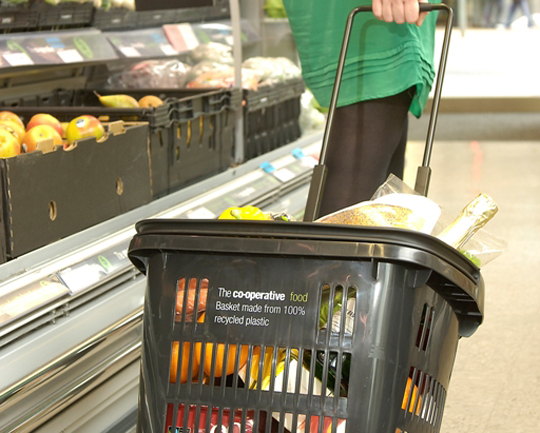News
Inflation on the rise again as rate hits two-year high

UK inflation rose to 1.2% in November, the highest rate recorded in just over two years.
It follows a surprise fall in October, when the consumer prices index (CPI) rose by 0.9%, compared with 1% in September.
A basket of goods and services that cost £100 in November 2015 cost £101.20 last month, eroding the value of the pound in your pocket.
According to the Office for National Statistics (ONS), the last time the inflation rate was higher was in October 2014, when it was 1.3%.
Rises in the price of clothing, motor fuels and a variety of recreational and cultural goods and services were the main contributors to the higher inflation figure. But the rises were partially offset by falls in air and sea fares.
Higher inflation means your money will have to work harder
Tom Stevenson, investment director for personal investing at Fidelity International, said consumers had been led to expect inflation to rise to 2.8% next year by the Bank of England’s latest inflation report, well ahead of its 2% target, but that was before the pound’s recent ‘Santa rally’.
“It has been one of the world’s strongest currencies in the last month, outperforming even the mighty dollar. A continuing rally in sterling above today’s $1.27 could reduce inflation by reducing the cost of imported goods.
“Even so, inflation does look like exceeding the Bank’s target. Higher inflation means the pound in your pocket won’t stretch as far and many will be thinking how they can make their money work harder. There is little evidence so far that rising inflation will translate into much higher interest rates, so anyone with savings still sitting in cash will struggle to generate real returns.”
He added that to stand any chance of achieving an inflation-adjusted real return, savers will need to look further up the risk spectrum, investing in bonds issued by companies rather than the government or moving into stocks and shares.
Longer term trend is a picture of low inflation
Ben Brettell, senior economist at Hargreaves Lansdown, said October’s fall looked like a blip, and today’s figures mark a resumption of an upward trend.
“The effect of the weak pound, assuming it doesn’t fall much further, is a one-off factor which will fall out of the figures in due course. The longer-term picture is one of structurally low inflation – due in part to demographic reasons. The baby boomers are starting to retire and have already gone thorough their consumption phase – they have bought their houses, cars and consumer goods. The generation behind them is saddled with debt and struggling to get on the housing ladder. Workers don’t have the bargaining power over pay they once did, and wage growth looks set to be anaemic at best.”
Brettell said this should mean less inflationary pressure, lacklustre economic growth, and little upward pressure on interest rates.
“Swap markets imply just a 27% chance of a UK interest rate rise by the end of 2017, and just a 3% chance they will be higher than 0.5%.”